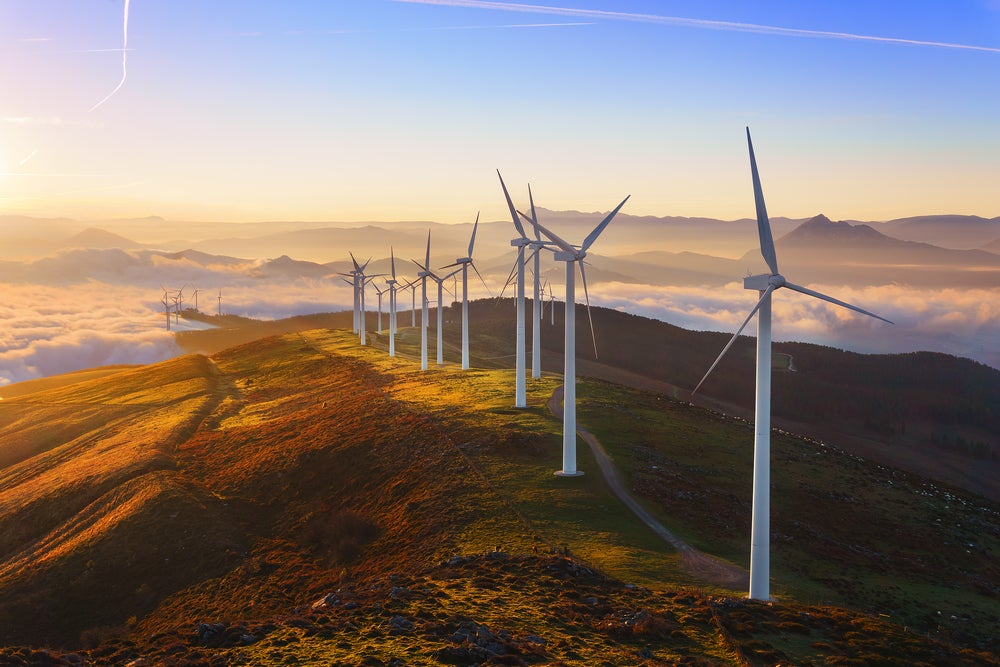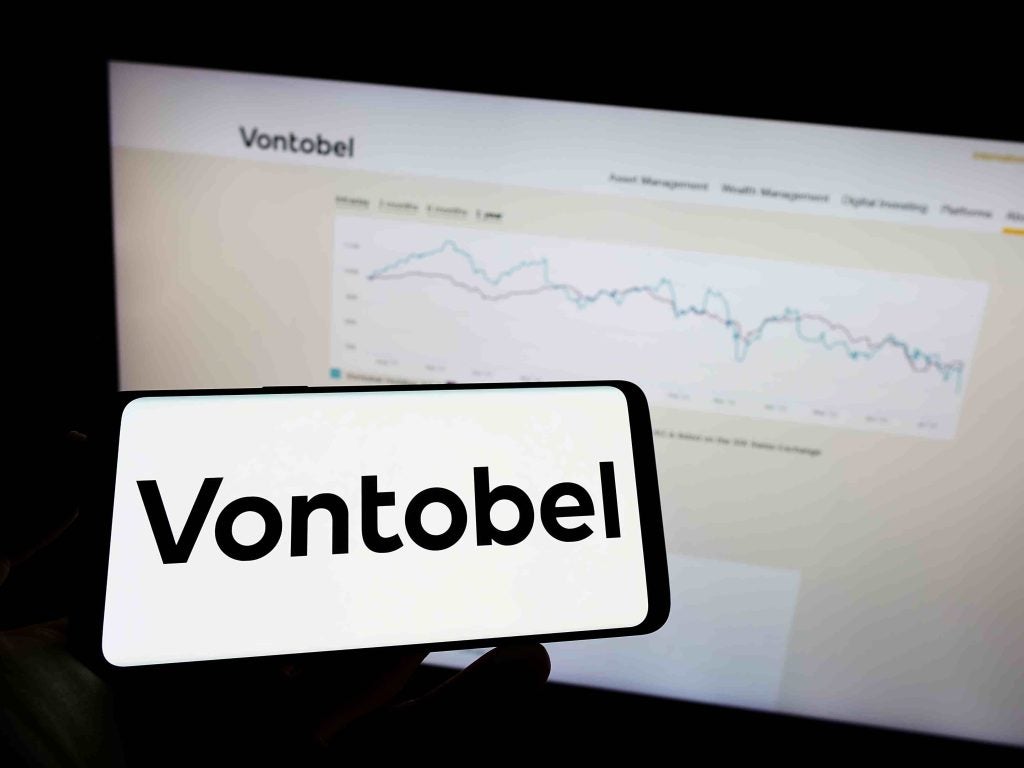
Renewables were already a big part of the energy mix pre-Covid-19. The current period of pause and reflection has spurred not only the realisation that recovery could be powered by renewables, but also that decent returns are there for the taking. Alison Ebbage investigates
A 2018 report from the International Renewable Energy Agency says renewable energy could provide global GDP gains of almost $100trn between now and 2050. It found that accelerating investment in renewable energy could generate huge economic benefits while helping to tackle the global climate emergency.
Covid-19, meanwhile, has had a massive impact in terms of reduced energy demand, dipping by 15%. The International Energy Agency estimates there will be a 6% reduction in energy use this year which is the equivalent of turning off India.
Speaking to PBI, Matthew Clayton, managing director at Thrive Renewables, comments: “The longer-term trajectory for growth remains unchanged. The Covid-19 issue is around looking at how quickly change can happen. Until March, the grid was very nervous about reliance on renewables and they accounted for around 35%. Since then it has been like a ‘live lab’, with nuclear and renewables pretty much taking over. This has provided operators with lots of confidence.”
In addition to confidence, the production price of renewables is expected to come down. This makes them an exciting investment opportunity in terms of production price as well as long-term demand.
Investment opportunity
This opportunity is examined in a new report, Energy Investing: Exploring Risk and Return in the Capital Markets, published by Imperial College Business School. It says that total investment in renewables still fall far short of what is needed for the industry to thrive long term and to mitigate climate change.
How well do you really know your competitors?
Access the most comprehensive Company Profiles on the market, powered by GlobalData. Save hours of research. Gain competitive edge.

Thank you!
Your download email will arrive shortly
Not ready to buy yet? Download a free sample
We are confident about the unique quality of our Company Profiles. However, we want you to make the most beneficial decision for your business, so we offer a free sample that you can download by submitting the below form
By GlobalDataAt the same time, renewable energy investments are delivering massively better returns than fossil fuels in the US, the UK and Europe.
“Publicly traded renewable power portfolios have posted significantly higher returns for investors and lower volatility over fossil fuels during the past 10 years and during the Covid-19 crisis,” the study says.
It cites renewables investments in Germany and France that yielded returns of 178.2% over a five-year period, compared with -20.7% for fossil fuel investments.
It states that in the UK, also over five years, investments in green energy generated returns of 75.4%, compared to just 8.8% for fossil fuels. In the US, renewables yielded 200.3% returns, versus 97.2% for fossil fuels.
Clayton comments: “There are staggering figures around what needs to be invested to meet net-zero ambitions.”
He adds: “There is absolute scale and opportunity here for investors and, in the UK, context to meet the 2050 net-zero targets. There will need to be an addition 70GW of additional capacity – that is more of less doubling capacity and that will amount to £40bn [$50bn] of investment.”
What and how to invest
Combining these elements then leads to a good case for getting involved in renewables. But what to invest in? Where are the various points of entry? And how do they correlate with risk?
Speaking to PBI, Richard Crawford, director at InfraRed Capital Partners, says: “Renewable energy generation has seen phenomenal growth in the past decade. We expect to see the volumes of solar and wind renewables on the system to continue to increase, requiring both investment not only in new plants but also during the course of this decade to replace existing plants as the early wind farm installations get to the end of the useful life.”
He also points to other investment opportunities that are emerging as part of the decarbonisation of the energy system, such as electricity storage systems, electric vehicle charging networks and floating offshore wind.
“The production of hydrogen through electrolysis using renewable energy, for example, will become an interesting in area of investment as policy makers grapple with the high usage of fossil fuels to heat homes,” Crawford adds.
Opportunities like this tend to be owned by listed utilities, listed investment trusts, private developers and private investment funds. For many investors, this is a straightforward way of investing in renewables as listed companies are liquid and therefore relatively low risk. But it is important to be aware that such companies own a mix of assets, some of which might include fossil fuel assets, retail customer bases and other infrastructure that are not direct investments in renewables.
Shona Baijal, MD at UBS, explains: “There are less liquid investments and also some that are less investments and more about philanthropy. Renewable and green bonds, for example, are very fast growing in terms of issuance. They give an unsecured investment opportunity, but with that comes a pledge to invest in or refinance green projects.”
She continues: “There are also fund solutions that are typically around climate change and have bigger thematic context, and then comes impact investments that focus on a specific investment aim or impact. These have a transparent outcomes and reporting systems as a means to drive impactful change. It is good to have multiple dimensions to investment and cover all the needs and appetites than an investor might have.”
Another area to consider is environmental projects that are looking for funding. This could include pre-construction project development. The Enterprise Investment Scheme (EIS) and the Seed Enterprise Investment Scheme (SEIS) are government venture capital schemes designed to encourage investment into start-ups and early-stage businesses.
They both offer tax relief as well as capital gains reliefs, and operate away from the stock market. The maximum yearly investment in SEIS is £100,000, but the allowance for EIS rises to £1m.
Crawford comments: “The less the risk, generally, the less the immediate impact. The tipping point lies in the newer of specialist companies that might not yet be listed, and anything that can be counted as a new asset rather than one that is already up and running. The funds and portfolios tend to invest in assets that are already in place and thus dilute risk and increase their liquidity.”
He adds: “This is still an evolving asset class. It became somewhat commoditised as an infrastructure investment but the withdrawal of government support has actually served to broaden the market in terms of investing in something that has had support, is up and running and has a revenue then the other side of the market which is in development. This diversity of investment opportunity is positive.”
Wider themes and debate
As well as to the attractive returns in this growth area and the capacity for increased investment, there is also a culture for positive change generally when it comes to the things that people will and will not invest in. This is here to stay, and has seen climate change become a prominent part of peoples’ everyday agendas.
Covid-19, meanwhile, has reinforced this with the return of clear water and fresh air – a compelling story.
Michaela Seimen, sustainable and impact investing strategist at UBS, tells PBI: “One of the biggest side effects of Covid-19 is the total aversion to pollution. Areas with bigger levels of air pollution have seen more Covid-19 cases, and we have all enjoyed seeing cleaner water and skies full of birdsong rather than vapour trails.”
Seimen also points to political drive to continue along the renewables journey.
“The European Commission has identified the Green Deal as core to its recovery plan and there is a strong political focus to make renewables a major part of the future,” she says.
“From an investor viewpoint too, there is a strong focus on companies – how they impact the environment and how they behave. There will be regulatory pressure to produce data and feedback on this sort of thing, as well as cultural pressure to not behave badly.”
Indeed, renewables are part of a bigger debate over systemic change in a broader context, where it forms a part of environmental, social and governance (ESG) systems.
Gillian Lofts, UK wealth and asset management leader and EMEIA sustainable finance leader at Ernst and Young, comments: “Renewables are a key part, but it is not the only part – it is all interrelated things that will involve systemic change that will also help the environment.”
Lofts points to digital infrastructure, which will mean fewer flights, and local supply chains, which will mean fewer emissions from transport costs.
“Companies that are prioritising this sort of thing will be attractive to investors,” she says, because people are looking at returns not just in a monetary way but also in terms of values and emotional response.
The industry is seeing conversations at multiple levels with new areas of investing opening up, and there are more degrees of separation – areas with direct impacts and those with indirect impacts, such as the aforementioned digital infrastructure and local supply chains.
Baijal comments: “We are certainly finding that younger clients, and female clients in particular, value ESG as standard rather than as an add-on or overlay. Some of our Swiss bankers, in particular, are now thinking about ESG in this way, rather than presenting it an option during the onboarding process. This way of thinking about things is also helped by regulation that forces reporting into the open and looks at ESG as part of the risk overlay.”
Lofts adds: “Moving forwards, the means and the room to invest in renewables – either alone or as part of a broader ESG context – are there. The direction of travel can be either thematic and contextual or specific and focused. There is also the opportunity to think about how investing can play a part in the post-Covid-19 economic recovery.
“A thematic school of thought would include both consideration of commercial opportunities as well as a discussion around how companies behave and how that could contribute to collective economic recovery.”
Baijal concludes: “We are seeing what we think will be a long term interest in health, environmental and social causes, and investors will avoid investing in anything with either an intentional or unintentional side effect. Renewables are a good opportunity, either on their own or as a part of this broader agenda which has been accelerated by Covid-19.
“There is a clear signal from government, regulators and individuals alike that recovery should be driven by sustainable solutions, and renewables are a strong force within that.”







